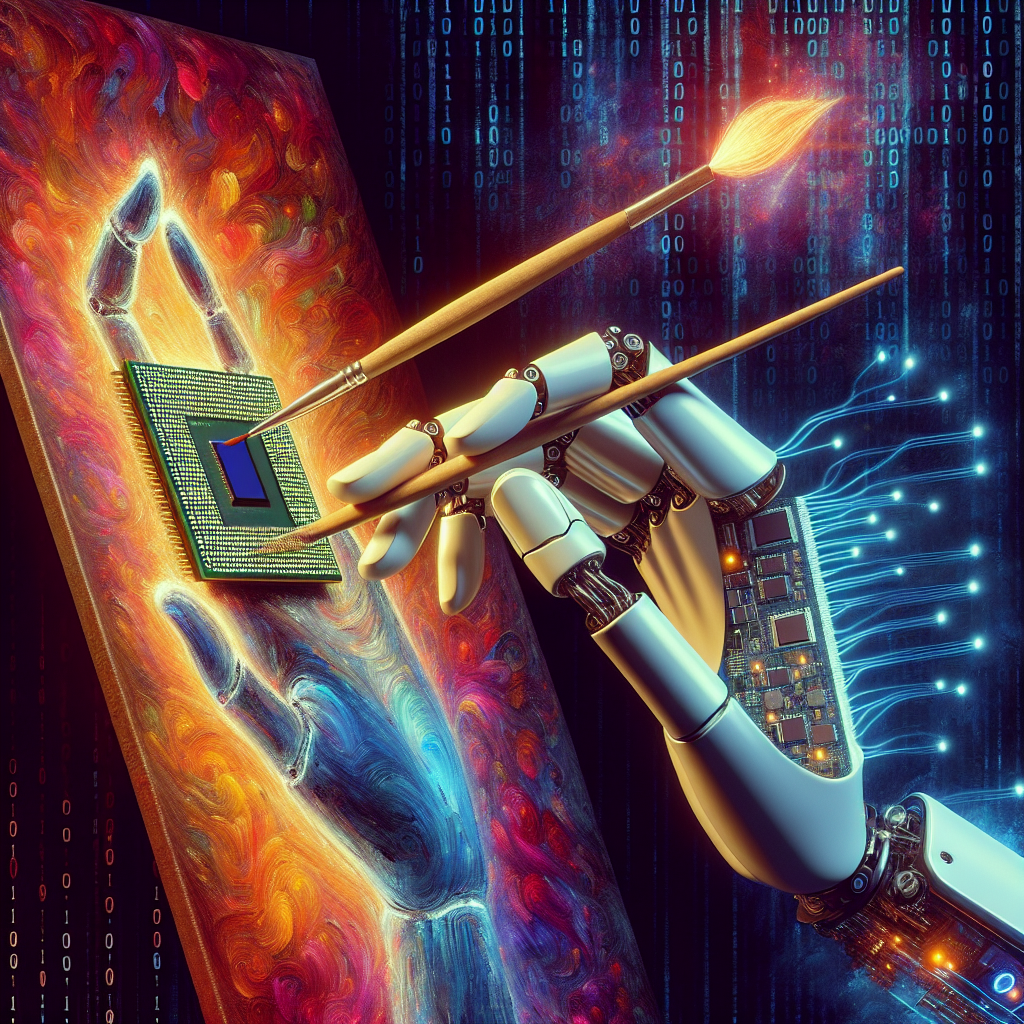Your cart is currently empty!
Exploring the Boundaries of Art and Technology: The Impact of Artificial Intelligence on the Art World

Art and technology have always had a symbiotic relationship, with advancements in one often influencing the other. In recent years, the integration of artificial intelligence (AI) into the art world has opened up new possibilities and sparked debates about the boundaries of creativity and the role of technology in artistic expression.
AI is a branch of computer science that aims to create machines that can simulate human intelligence, allowing them to perform tasks that typically require human cognition. In the context of art, AI can be used to generate and manipulate images, music, and other forms of creative content. This has led to the emergence of a new genre of art known as “AI art,” where artists collaborate with AI systems to produce works that blur the lines between human and machine creativity.
One of the most well-known examples of AI art is the work of the French collective Obvious, who used a generative adversarial network (GAN) to create a portrait that sold for over $400,000 at auction. This raised questions about the role of the artist in the creative process, as well as the value of art created by machines.
AI has also been used to analyze and interpret existing works of art, offering new insights into the creative process and the cultural significance of different artworks. For example, researchers at Rutgers University used AI algorithms to analyze the brushstrokes in paintings by famous artists such as Picasso and Van Gogh, revealing patterns and techniques that were previously unknown.
While AI has the potential to revolutionize the art world by expanding the possibilities of creativity and challenging traditional notions of authorship, it also raises ethical and philosophical questions. Some critics argue that AI art lacks the emotional depth and human touch that is essential to true artistic expression, while others worry about the implications of outsourcing creativity to machines.
Despite these concerns, the impact of AI on the art world is undeniable. Artists and technologists are increasingly collaborating to explore the boundaries of art and technology, pushing the limits of what is possible and redefining the role of the artist in the digital age.
As AI continues to evolve and influence the creative process, it is clear that the relationship between art and technology will only grow stronger. By embracing the possibilities of AI, artists can unlock new forms of expression and challenge the conventions of traditional art, creating a more dynamic and innovative cultural landscape for future generations to explore.

Leave a Reply